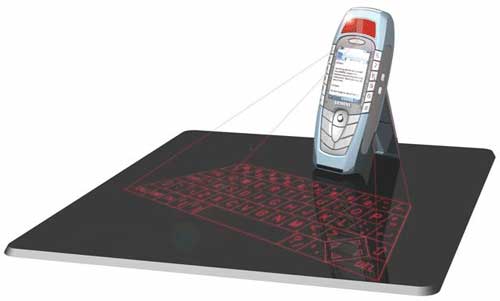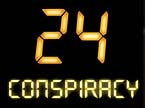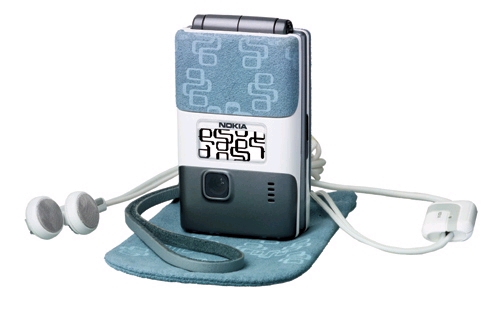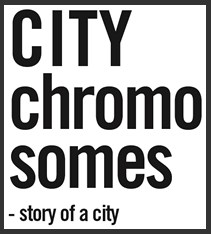Late last week, Random House announced it was making the microlit plunge, acquiring a “significant minority stake” in wireless applications developer VOCEL (AP wire story).
Says Random House Ventures president Richard Sarnoff: “You have a whole generation of consumers, perhaps more than a generation, who are never more than 10 feet from their cell phones, including when they shower. Increasingly, cell phones are becoming an appliance for entertainment and education.”
But, despite the success of cell phone novels and serials in Japan, South Korea and Germany, Sarnoff insists that tiny screens have a potential for information, but not for narrative. “The screens are inappropriate for that kind of sustained reading. That’s a `maybe, someday’ discussion. We’ll keep an eye on that area, and if something happens … we’ll certainly respond.”
So for the time being, Random House will be testing mobile phones for language instruction, test prep, and other informational services.

In a related vein, textually.org, an invaluable resource for the microlit observer, recently posted about Radio Shack‘s plans to sell stand-alone virtual keyboard units the size of a “small fist.” Virtual keyboards project a regular-sized typing area on a flat surface, registering keystrokes via Bluetooth onto a smartphone or personal digital assistant (PDA). VKB, the developer of the technology, recently announced its goal of making the virtual keyboard an embedded feature in mobile devices by next year. Further suggestion that cell phones and laptops are evolving into one another.

 Teaming up with
Teaming up with  A couple morsels today on
A couple morsels today on 
